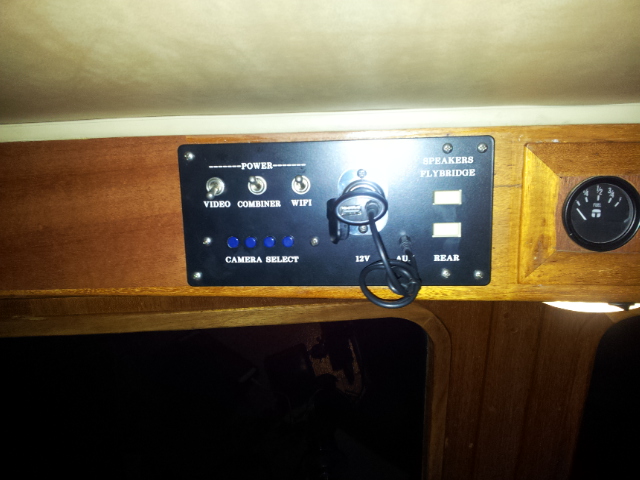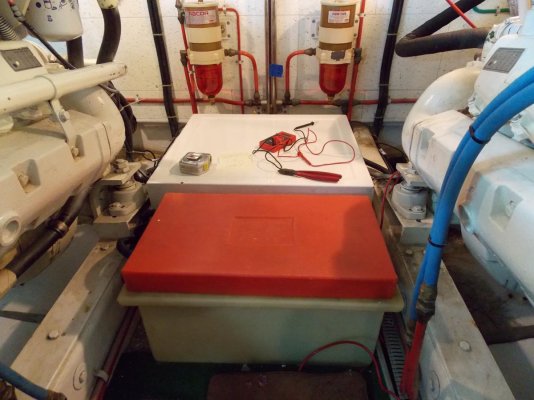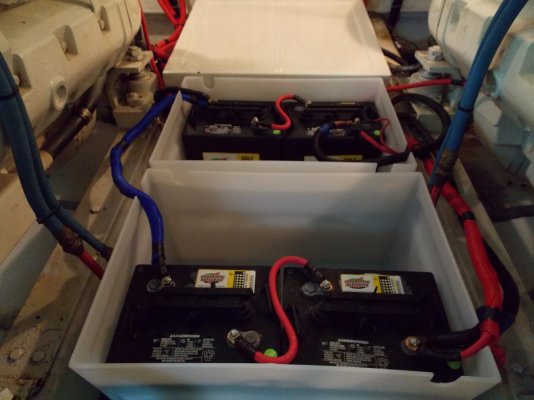Alaskan Sea-Duction
Guru
- Joined
- Jul 6, 2012
- Messages
- 8,056
- Location
- USA
- Vessel Name
- Alaskan Sea-Duction
- Vessel Make
- 1988 M/Y Camargue YachtFisher
I am redoing my house battery situation (it currently comes off the start batteries). I understand that you have to hook 2 of the 6Vdc batteries in series to achieve 12vdc, then when adding additional banks you connect them in parallel. So now I have 2 12Vdc banks, each bank has 4-6Vdc batteries. Each bank has a positive and negative wires for the 12vDC connection to the house. Already have the positive wire figured out as it is already provided.
Question:
Where do you connect the negative (ground) wire on the bank? Hook it to a negative post on the start battery or ground point on the engine?
Question:
Where do you connect the negative (ground) wire on the bank? Hook it to a negative post on the start battery or ground point on the engine?




